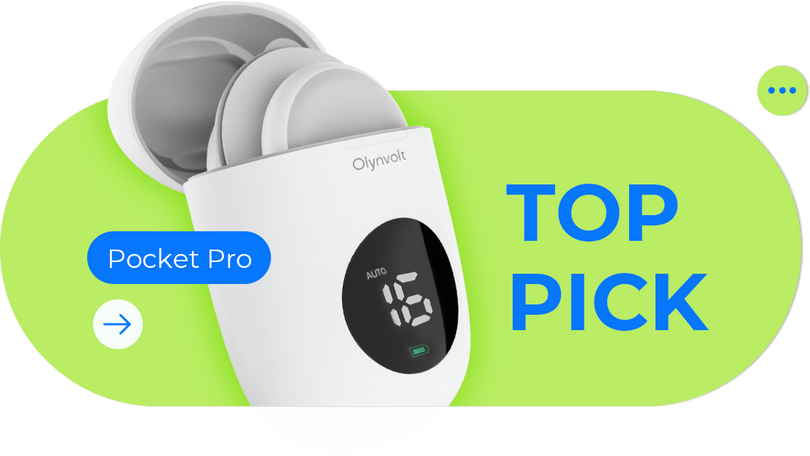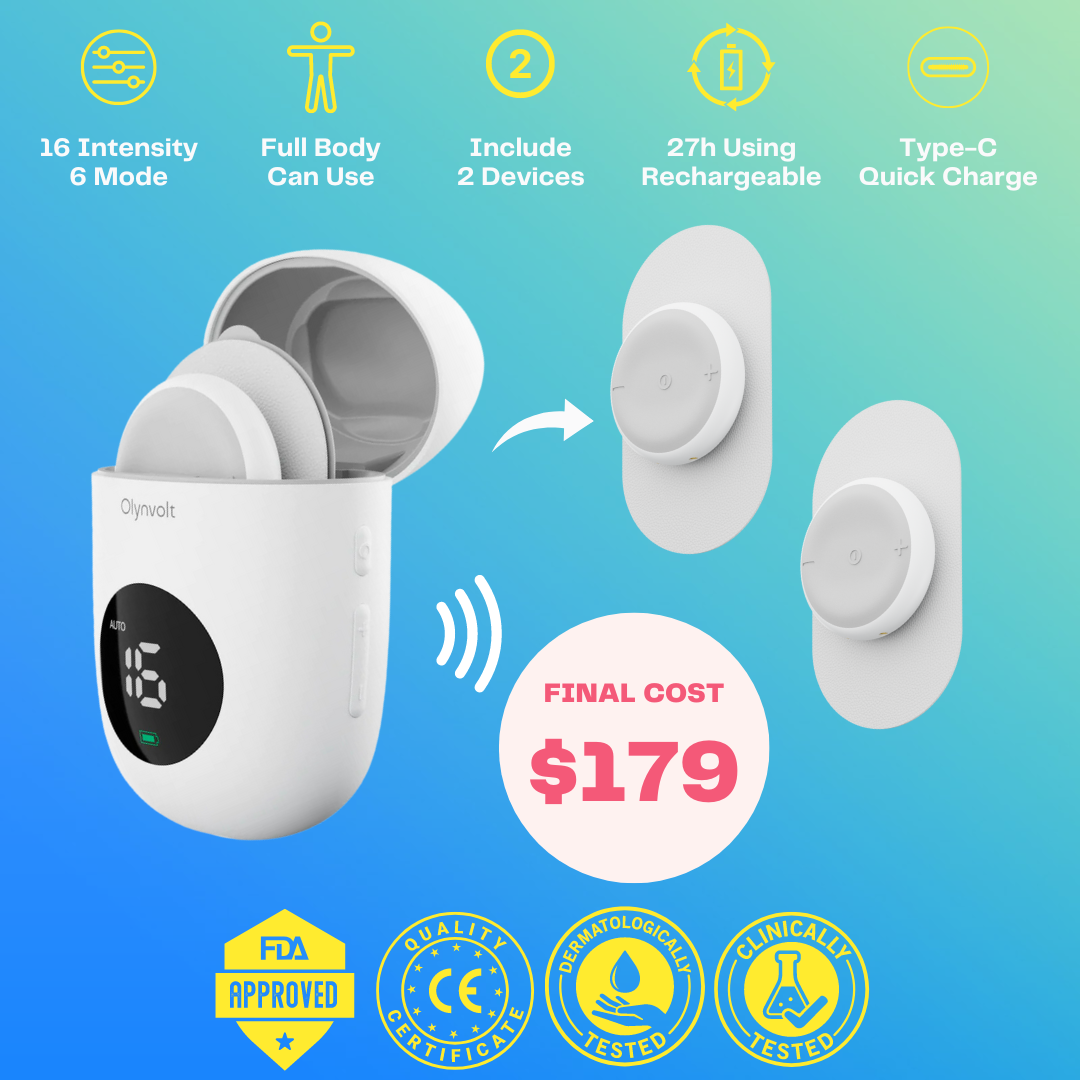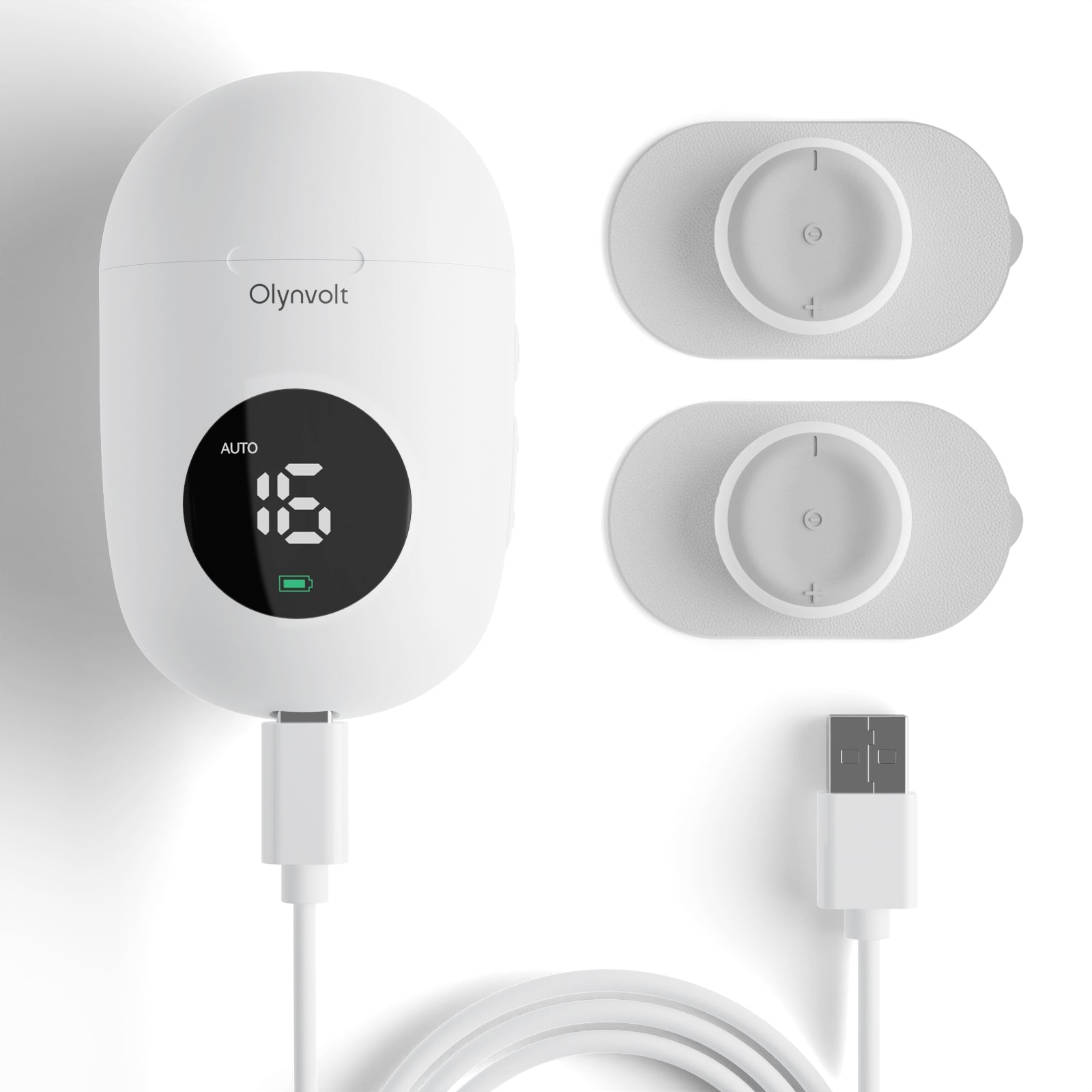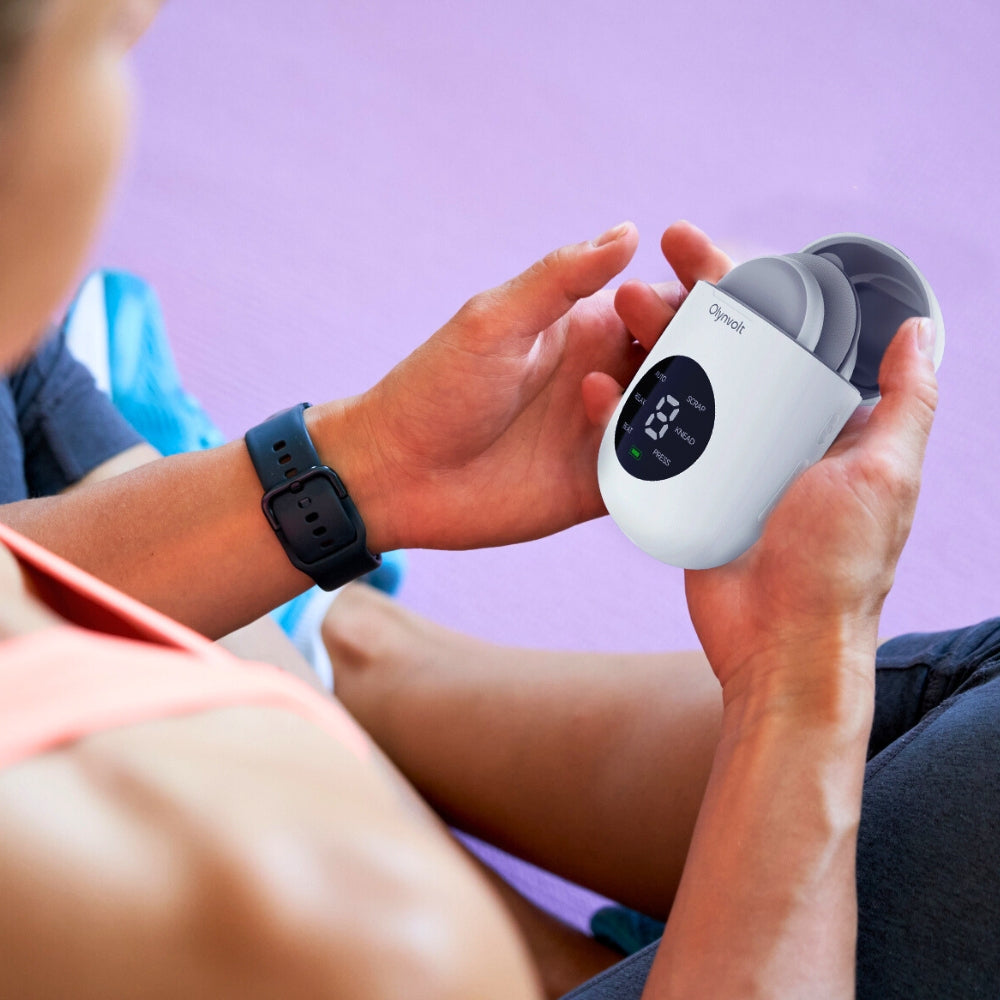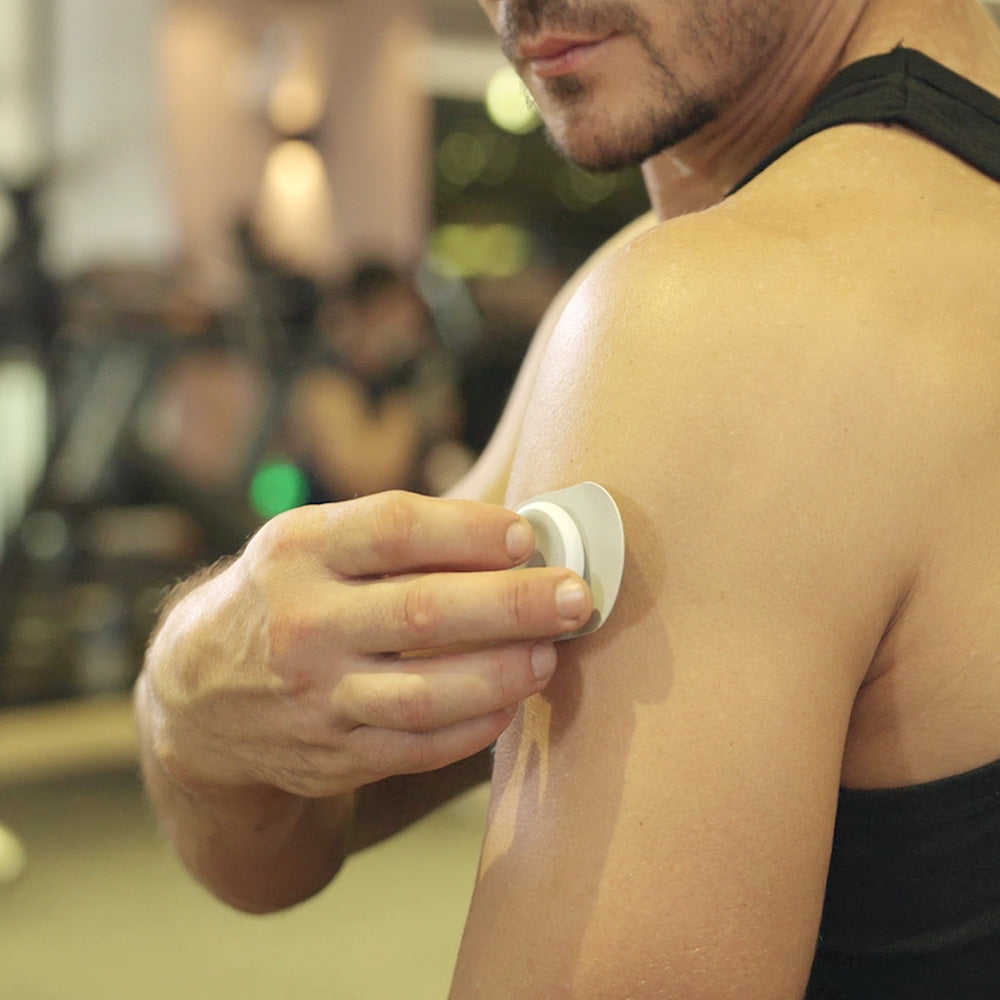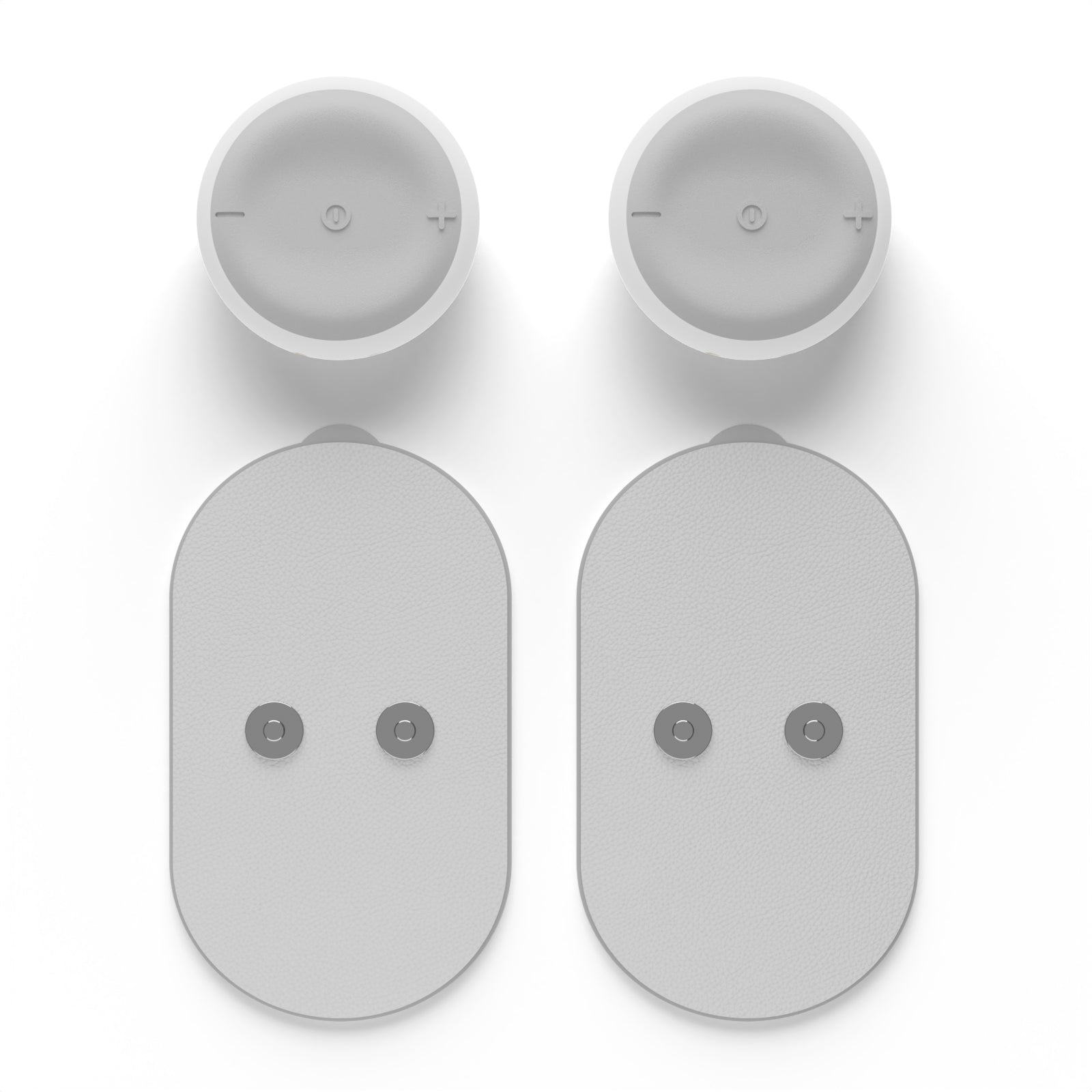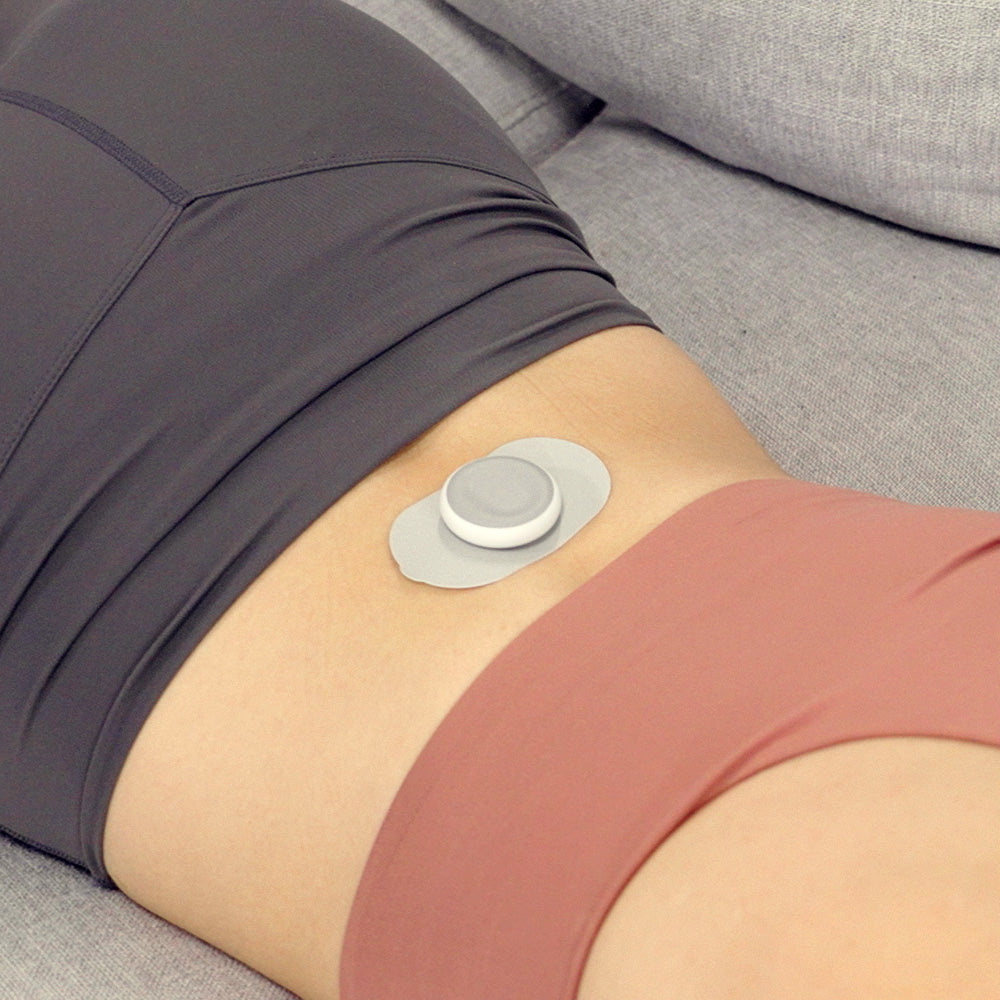Transcutaneous electrical nerve stimulation (TENS) is a non-invasive therapy widely utilized for managing various types of acute and chronic pain. To ensure optimal outcomes and patient satisfaction, it is essential to adhere to evidence-based treatment guidelines when utilizing TENS therapy. In this article, we'll outline key principles and considerations for implementing TENS treatment effectively.
Patient Assessment:
Before initiating TENS therapy, a thorough patient assessment is paramount. This includes evaluating the patient's medical history, pain characteristics, functional limitations, and treatment goals. Additionally, it is essential to assess the patient's skin integrity and sensory perception at the site of electrode placement to prevent adverse effects.
Electrode Placement:
Proper electrode placement is crucial for maximizing the effectiveness of TENS therapy. Electrodes should be positioned over the area of pain or along the corresponding nerve pathways. It is recommended to avoid placing electrodes directly over bony prominences or areas with compromised circulation. Additionally, rotating electrode placement to prevent skin irritation and desensitization is advisable.
Treatment Parameters:
When setting TENS parameters, several factors should be considered, including pulse frequency, pulse duration, and intensity. Low-frequency TENS (1-5 Hz) is typically used for the management of chronic pain, while high-frequency TENS (80-100 Hz) is more commonly employed for acute pain conditions. Pulse duration should be adjusted based on individual patient response, with shorter durations often preferred to minimize discomfort.
Treatment Duration:
The duration of TENS treatment sessions can vary depending on the patient's tolerance and response to therapy. Generally, treatment sessions range from 20 to 60 minutes, with the option for multiple sessions per day as needed. It is important to monitor the patient closely during treatment and adjust the duration and frequency of sessions accordingly.
Patient Education:
Educating patients about TENS therapy is essential for promoting adherence and optimizing outcomes. Patients should be instructed on how to use the TENS device safely and effectively, including proper electrode placement, adjustment of settings, and maintenance of skin hygiene. Additionally, patients should be informed about potential side effects and encouraged to report any adverse reactions promptly.
Introducing Pocket Pro:
As part of our commitment to advancing pain management, we are proud to introduce Pocket Pro, a state-of-the-art TENS device designed to deliver targeted pain relief with convenience and ease of use. With its compact design, customizable settings, and wireless functionality, Pocket Pro empowers patients to manage their pain effectively wherever they go.
Conclusion:
By adhering to evidence-based treatment guidelines and leveraging innovative technologies like Pocket Pro, healthcare providers can optimize the delivery of TENS therapy and improve patient outcomes. With proper patient assessment, electrode placement, treatment parameters, and patient education, TENS therapy can be a valuable tool in the comprehensive management of pain.
Disclaimer: The information provided in this article is for informational purposes only and should not be construed as medical advice. Always consult with a qualified healthcare professional for personalized diagnosis and treatment recommendations.

